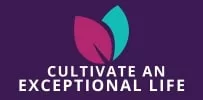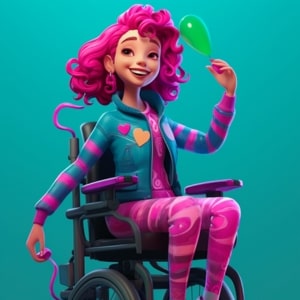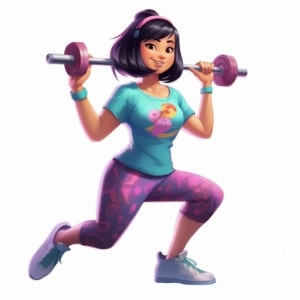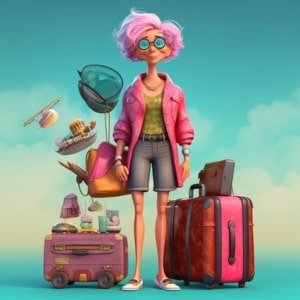6 Ways Art Can Benefit Your Health & Happiness
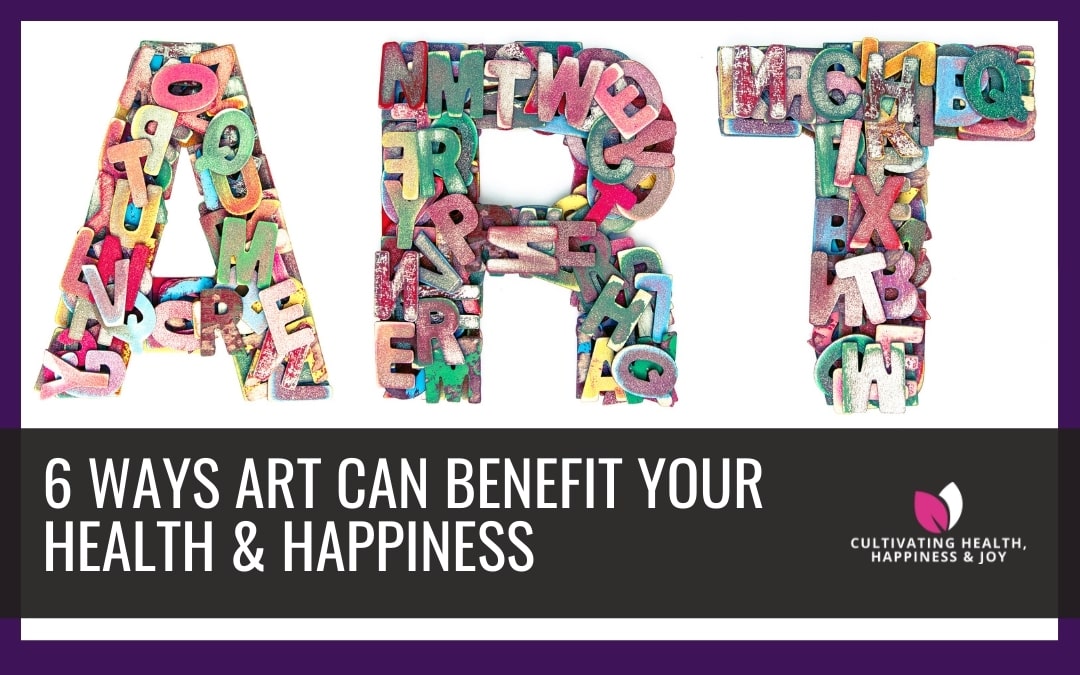
Viewing Art Contributes to Health

The Nord-Trondelag Health Study, conducted in Norway, collected information from 130,000 people ages 13 and up. The facilitators questioned more than 50,000 men and women about how often they participated in arts-related activities, such as attending galleries and museums or viewing films.
The study discovered that there was a definite correlation between participation in cultural activities and increased rates of good health, satisfaction with one’s life, and lower rates of anxiety and depression in both men and women. Studies have shown men who enjoy attending a ballet or visiting art museums are more likely to be satisfied with their health and happiness than men who don’t enjoy the finer things in life.
You don’t have to create the art to benefit from art. Studies and research have proven that a trip to the art gallery or a museum can lower anxiety and depression, boost critical thinking skills, and enhance one’s well-being.
84 percent of those who participated in at least 4 art-related activities reported good health, while 91 percent reported a high level of satisfaction in their lives.
The study found that the benefits were found in people who consumed art, and not just those that created art. Good news! People who enjoy looking at art got some dramatic health benefits equal to the people who enjoy making art.
Although, the researchers found that females received more benefits from actively creating art, while males got more benefits from passively viewing art.
Men who enjoy taking in the ballet or browsing art museums are more likely to be happy with their lives and satisfied with their health than men who don’t enjoy the finer things in life, a new study finds.
Viewing Art Leads to Increased Thinking Skills and Observation Skills

A study published by The University of Arkansas published a study in 2014 determined that 70 to 88 percent of the students taking a field trip to an art museum were able to retain facts about the paintings, as well as increased empathy for historical data. This showed that the visit improved their thinking skills and that they felt better. Another study came to the same conclusion. It found that physicians who attended art observation training improved their observation skills with their work.
Medical educators are now combining medicine with art to expand a physician’s skills in diagnosis and observation to understand a patient’s needs. Harvard Medical School designed programs to enhance a student’s visual literacy which helped to improve students’ visual-spatial skills, with improved performance noted during their rotations.
The University of Rochester School of Medicine & Dentistry’s Department of Medical Humanities and Bioethics partnered with the Memorial Art Gallery to offer Art and Observation sessions to medical students and health practitioners. It teaches a Five Question Protocol, designed to enhance skills of observation in ways that can be translated to the clinical setting. This is designed to help physicians recognize when they are not listening or jumping to conclusions
Viewing Art Leads to Feelings of Love and Pleasure

A neurobiologist with the University of London, Professor Semir Zeki, examined the brains of volunteers using an MRI while they viewed 28 different works of art. He found that when people looked at something they find beautiful, a portion in the front part of the brain called the medial orbitofrontal cortex lit up. The medial orbitofrontal cortex is a portion of the brain associated with pleasure, and also reward. The result is the feel-good chemical dopamine being released into the brain. Dopamine can increase feelings of love, pleasure, and desire.
Art Has the Power to Increase Empathy
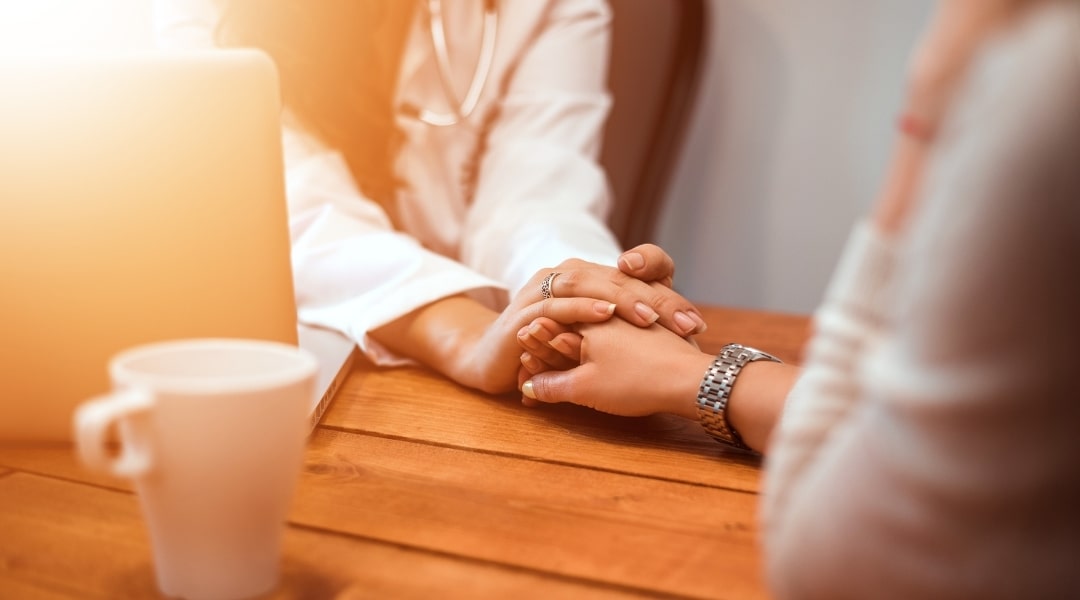
Art can elicit feelings from people who may become numb from all the terrible things going on in the world. Artists try to capture their feelings in their art so it is natural that art can increase empathy in others through their work which leads to feelings of empathy.
In fact, the word empathy was coined by the German philosopher Wilhelm Wundt in the 1800s to describe the feeling people get when looking at artwork and projecting emotion.
Empathy is what connects the art with the viewer. And it is what connects us with each other. Empathy can transform personal relationships and tackle global challenges, such as conflict, inequality, and prejudice. That’s why the Humans of New York Instagram account is so popular.
Art Can Help to Reduce Stress

Stress is a significant health problem. Stress leads to exhaustion, anxiety, burnout, a weakened immune system, or even organ damage. The good news is that art can help reduce stress.
A Drexel University study found that creating art can significantly reduce stress-related hormones in your body. The researchers found that cortisol levels lowered in 75 percent of the participants’ cortisol levels lowered after just 45 minutes of creating art. Participants reported feeling less anxious and that it gave them a fresh perspective. The good news is that it didn’t even matter if they were experienced artists or inexperienced. And it did not matter which art medium was used. Coloring with crayons produces the same results as creating a sculpture.
Almost every cell in the body contains cortisol receptors. Cortisol can produce lots of different actions depending on which sort of cells it is acting upon. This includes controlling the body’s blood sugar levels and regulating metabolism, acting as an anti-inflammatory, influencing memory formation, controlling electrolyte balance, and managing blood pressure. Having too little cortisol can be just as bad as having too much. Interestingly cortisol rose in 25% of the participants which led to greater motivation.
The study did reveal that the younger participants consistently had lower cortisol levels so younger people may benefit the most from the consistent creation of art to help them deal with stress.
Observation Skills Increase Significantly Which Leads to Greater Feelings of Connection and Less Stress

A group of medical students participated in a study the effects of art on their observation and description skills, two skills that are critical to the practice of medicine,
I am a firm believer that refining observation skills allow us to enjoy the smaller things in life. The unusual way light plays through the leaves on a tree. The patina on an old fire hydrant. The way moss hangs on an old wooden fence.
Observing things like this pushes pause on my busy life. It is as if myself and that object are the only things that matter at that precise moment and other cares seem to fade to the background,
Here are some photos of simple everyday things I observed on my adventures. Simple things can be such a thing of beauty and give one to pause to enjoy one’s surroundings.

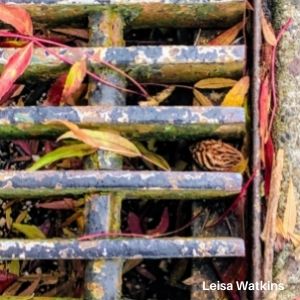

Liked this post? Pin your favorite image for later and share the love!





